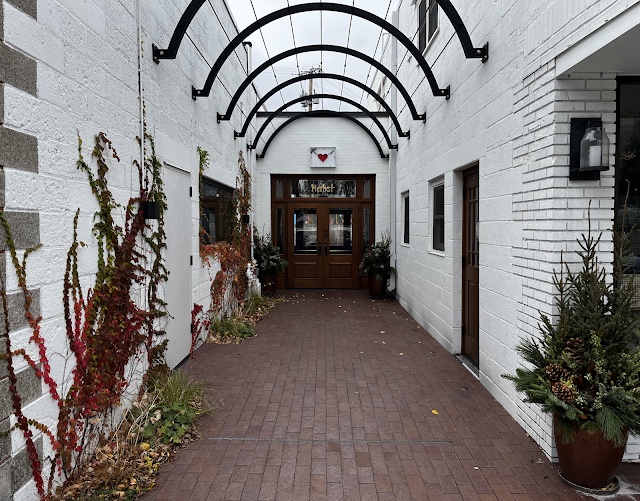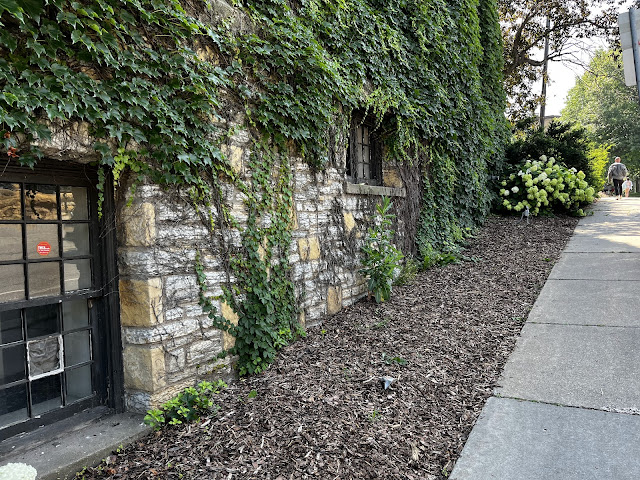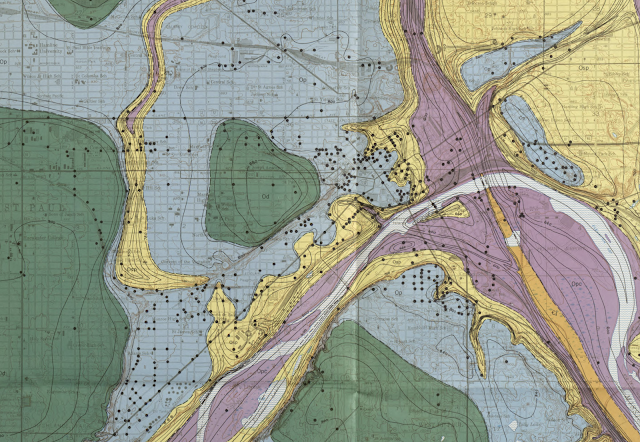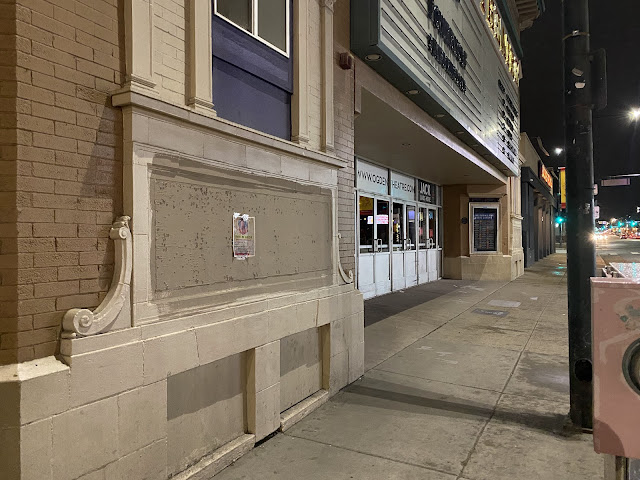I’m endorsing Molly Coleman. If you live in Ward 4, please take the time to vote for her.
I’ve met Molly many times, even before she announced her campaign. She’s smart, humble, experienced, wonky, and has good positions on some of the St. Paul’s thorniest issues like rent stabilization, housing, or economic development. She clearly loves St. Paul, and (for obvious family reasons) has deep knowledge of its neighborhoods and traditions. Most importantly, Molly Coleman seems like a good listener, a rarity in politicians these days. I’ve been impressed with her mix of curiosity and experience, and especially her desire to learn from others even as she brings a lot of St. Paul knowledge to the table. I think this election is an easy choice.
The other candidates:
School Board member Chauntyll Allen is a nice person who’s been involved in local politics for years. I met her during an early discussion of the Rondo Land Bridge, and still remember a lot of what she said about that project. In this case, though, I don’t see her actively putting forward any reasons to vote for her in this situation.
I've never met her, but Carolyn Will is an communications person (and former SARPA president) running on a 'taxes are too high' / 'crime is out of control' message, making her the obvious conservative in the race. More importantly, she helped run the Save Our Street / Summit Avenue anti-safety campaign, which is both wrong about infrastructure and street design and actively wasting your tax dollars.
That's a terrible thing to be ring leading. For a year, I’d go out of my way to not bike on Summit Avenue, just because the signs infuriated me. The endless disinformation campaign is a bleak sign of the future, making it seem like any improvements to St. Paul's urban fabric are going to be slow and painful. There’s a toxic strain in St. Paul toward negativity, where anything “the city” is doing is inherently bad. Carolyn Will seems to personify this pessimistic defeatism.
Cole Hanson is a young organizer who is maddeningly inconsistent, and I cannot suggest supporting him either. For one thing, he is way too online, repeatedly getting into inane fights with people on social media. For another thing, he's both for and against policies that contradict each other; When it comes to rent stabilization or transportation policy, it seems like he’ll say anything. See for example: this weird video. (Sure, Snelling Avenue is dangerous — I've been saying so for 20 years — but random spitballing about something that’s not in the cards, and is out of the city’s control, is a waste of time at best. Why not talk about an issue that's actually in front of us?)
Before launching his campaign for City Council, he'd apparently purloined the District Council mailing list where he'd been working. That's naive at best, and unethical at worst.
The real sign of trouble with Cole Hanson is his parroting the disinformation around the Summit Avenue reconstruction project. The Summit Avenue reconstruction is a great litmus test for one’s susceptibility to bullshit, so that's a deal breaker. Without naming names, the City Council has already been a hot mess this year, rife with inexperience and lack of attention to detail. Cole Hanson would make that problem worse. In a time when St. Paul is in rather desperate straits, he seems like a random policy generator.
We need positive visions and common sense, and only Molly Coleman passes the test. Her stance on the Summit Avenue process and other key dilemmas are great signs of how she’d make decisions at a time when we need thoughtful wisdom in City Hall. Please vote for her on or before August 12th!
[Molly with John Edwards on Wedge Live!]

















































